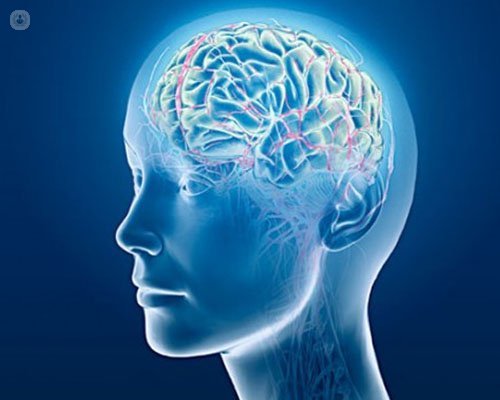5 Key questions about temporal lobe epilepsy
Written by:Temporal lobe epilepsy (TLE) is an epileptic syndrome that includes crises originating in the mesial structures and lateral temporal neocortex. It represents the epilepsy most frequent of appearance during the youth and the most frequent epilepsies recognized between focal or partial.
The main consequence is manifested in the form of social stigma, which occurs when the crises are not controlled. That is why it is important that these patients are managed by experts in epilepsy that can avoid the consequences derived from stigmatization.

Is it important to recognize ELT?
After a detailed evaluation of a patient, neurologists should have a diagnostic hypothesis about which epileptic syndrome is based on interviews with the patient, but also on witnesses and relatives, who explain the symptoms they see in the patient and which allows us to conclude what types of crisis suffers. It is very important to recognize the type of epilepsy early to treat it in the best way possible from the beginning. The most important cause within TLE is mesial temporal sclerosis (TMS) .
What symptoms do ELT show?
The patient may have complex partial epileptic seizures with consciousness disorder, simple partial seizures without consciousness disorder and generalized secondary seizures. Auras are very frequent and characteristic. These are symptoms that only the patient perceives and do not see the witnesses. Crises can spread to neighboring structures such as the frontal lobe. After the crisis there is a period of confusion that lasts a few minutes.
Patients with epilepsy usually present neuropsychological manifestations and comorbid neuropsychiatry. Among the most important neuropsychological deficits is immediate memory loss, and among neuropsychiatric disorders are depression and anxiety.
What are the causes of TLE?
A history of febrile seizures in infancy or the history of meningoencephalitis before 4 or 5 years are the most frequent causes in an ELT, especially if there is atrophy of a hippocampus.
Other causes unrelated to the above are dysplasias, ie a malformation of cortical development at the level of the hippocampus and the temporal amygdala, traumatic or vascular causes, cavernous angiomas, tumors in the temporal lobe, gliomas, oligodendottogliomas and infections. .


